The term ‘elevated horror’ sounds like a compliment, but it implies the genre needs elevating — as if just calling it great horror isn’t enough.
I have a love-hate relationship with the term ‘Elevated Horror’ (also known as ‘Smart Horror‘). On one hand, it’s fantastic for naming a subgenre, much like the terms “Slasher” or “Torture Porn.” On the other hand, terms like Elevated Horror or even Post-Horror are not at all compliments. It’s like saying these films are so good, they can’t possibly be horror. I have a big problem with that.
I may be a bit biased because horror is by far my favorite genre, but I don’t go around and say other genres are unworthy of praise. Where is all the hate coming from? Is horror truly inferior to, say, dramas or westerns? Is horror so repulsive that only the deranged would enjoy it? Is horror problematic, a danger to society?
What makes Elevated Horror edge out ahead of the Jasons and Freddys of yesteryear?
First, let’s set some definitions down. Unlike other clearly defined subgenres, Elevated Horror is more of an amalgamation of different ideas. But I think most people would agree on the following three things needing to happen to consider a film ‘elevated’.
- It is current, from around 2010 to present.
- It is well-received in the box office and occasionally in industry awards.
- It has a deeper meaning based on thought or emotion, rather than typical tropes like gore or jumpscares.
That said, the term Elevated Horror isn’t a new idea.
You may have heard other phrases like “thriller,” “suspense,” or “psychological drama” used to describe horror movies that appeal to a wider audience by adding elements of other genres to them. The Silence of the Lambs — the story of a cannibal psychiatrist, a serial killer who wears his victims’ skin, and the FBI agent who solves the case — isn’t sold as a plain ol’ horror movie; IMDB lists it as crime/drama/thriller. The Sixth Sense receives the same treatment; it’s labeled as a mystery drama.
Both of these films have definite horror elements: crimes that lead to fatalities, tension, unusual or unfamiliar situations, and most importantly, death. Yet both of these films, while widely accepted in the horror community to BE horror, are shoehorned into other genres. Now you tell me: does The Silence of the Lambs fit in with The Green Mile? I think not.
Today, the trend of holier-than-thou horror is on a steady stream into theaters. Studios like A24 and Blumhouse are cranking out Elevated Horror left and right, and box office numbers prove that audiences love it. And why wouldn’t they? For the first time in a long time, fans aren’t seeing teenagers getting jumpscared for 90 minutes.
These films are incredibly thought-provoking, shining a light on issues like family dynamics, mental illness, and social issues of the time. They’re quiet. They’re smart. They’re a breath of fresh air. And they’re STILL HORROR. Yes, ‘The Babadook’ is an allegory on grief and loss, but those topics are beautifully symbolized by a monster so frightening that it has made its way to icon status.
I feel the worst thing about Elevated Horror is that, even though we have a basic list of requirements to be named such, the term is used to identify any modern film that has appeal to a wider audience.
Take A Quiet Place, for instance. It’s a movie post-2010, a box office hit, and a tear-jerker. But to be honest, I see nothing but a monster movie with no deeper symbolism in sight. The Purge series, known for its in-your-face attitude against the American class system, is glorified revenge and nothing more.
In contrast, The Ritual was the buzz of Netflix upon its release — the story of man handling extreme guilt over the death of a friend. Yet, The Ritual isn’t given a superlative genre. The Cabin in the Woods’ brilliant portrayal of horror tropes is still just horror. The more movies we have to categorize, the more arbitrary the genre type.
I totally get why there would be a need for another subgenre within horror. But with inconsistent typing and a general sense of “these films are better than horror,” it’s hard to jump on that bandwagon.
I love the way horror is going now, with stories that touch the very bottom of your soul, but a wolf in sheep’s clothing is still a wolf. And a horror movie nominated for an Oscar is still a horror movie. If we’re going to use a term like Elevated Horror, it needs to have a more fully formed definition and most of all, pay respect to the genre that gave it life in the first place.
Horror has been around since the dawn of cinema and it will continue long after we’re gone. The least we can do is call it what it is.


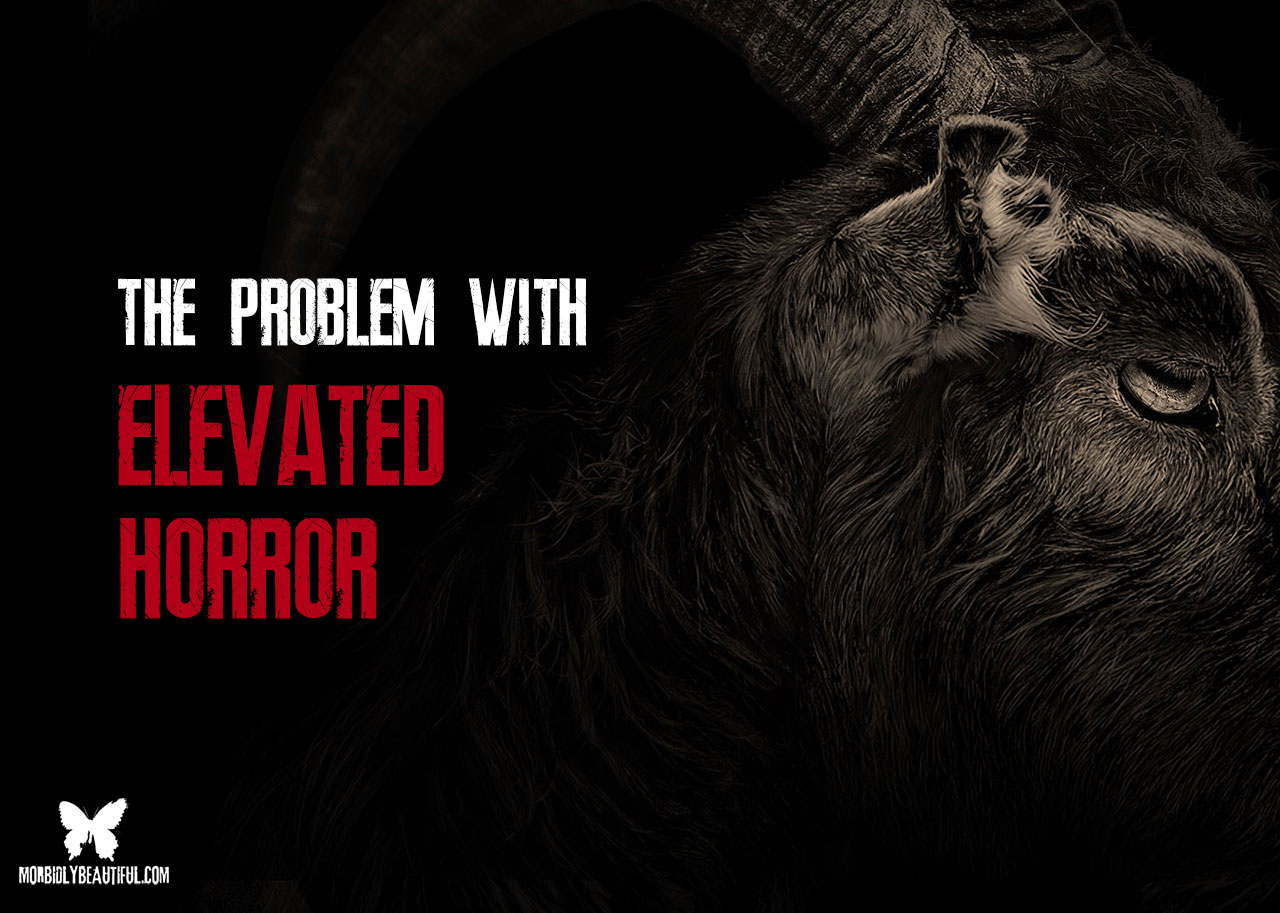
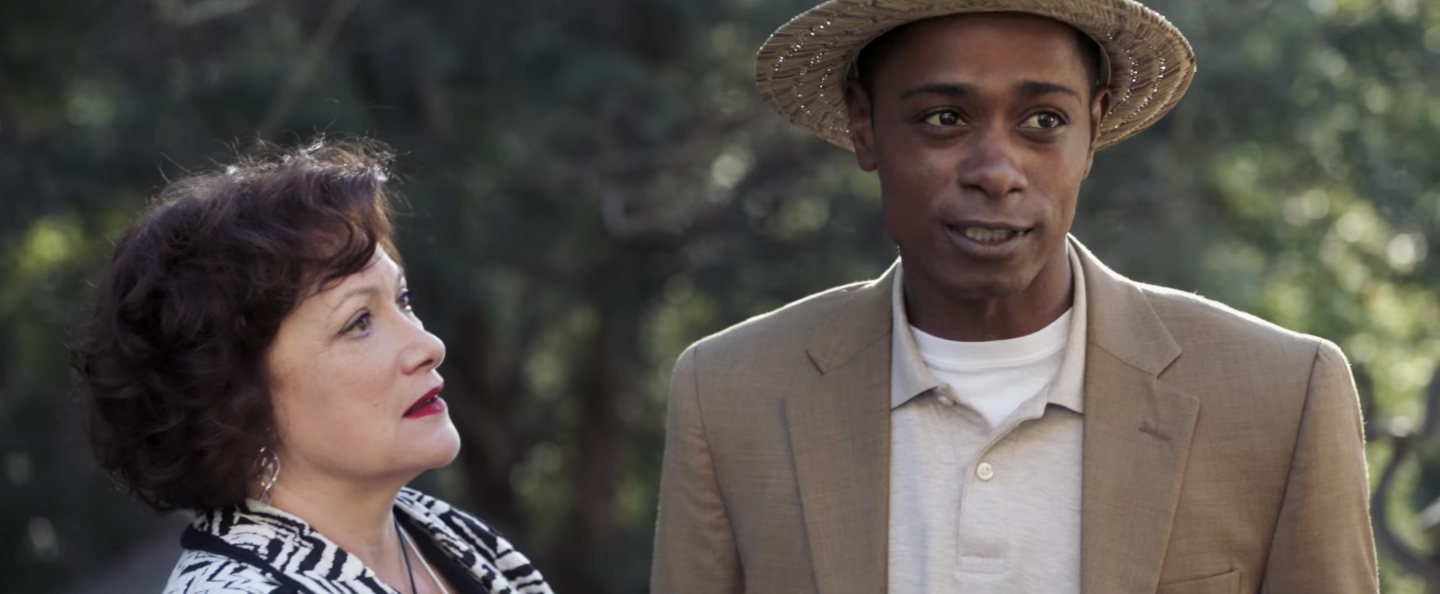
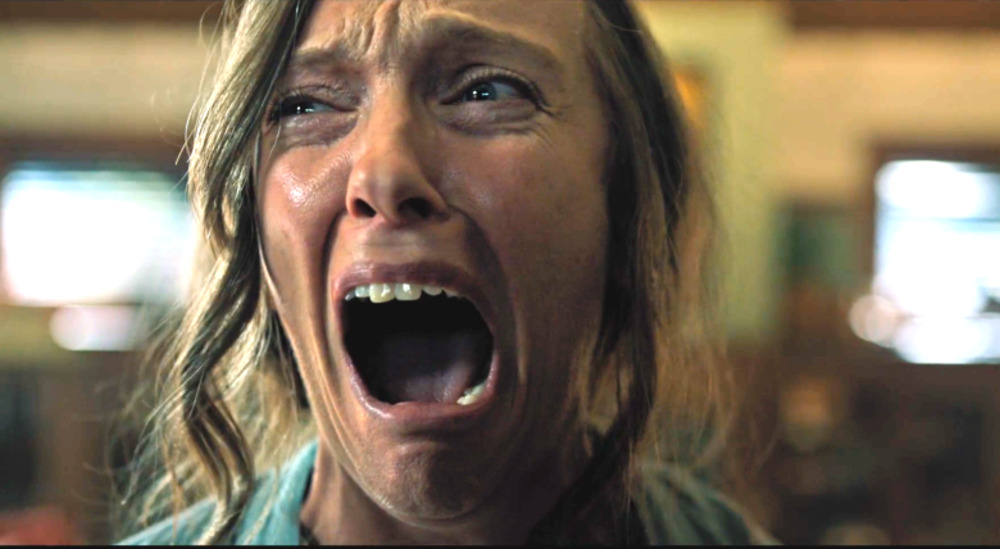


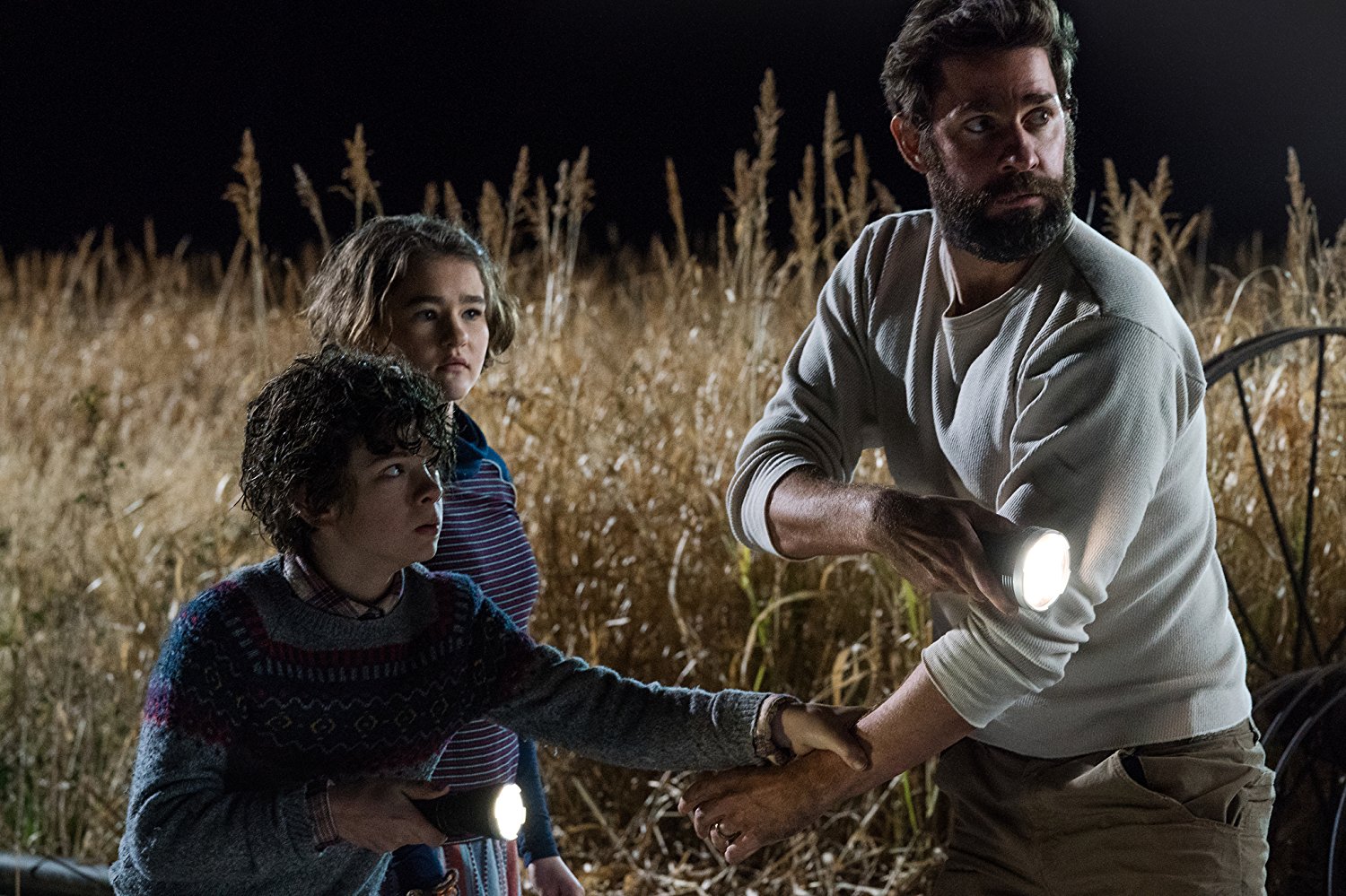
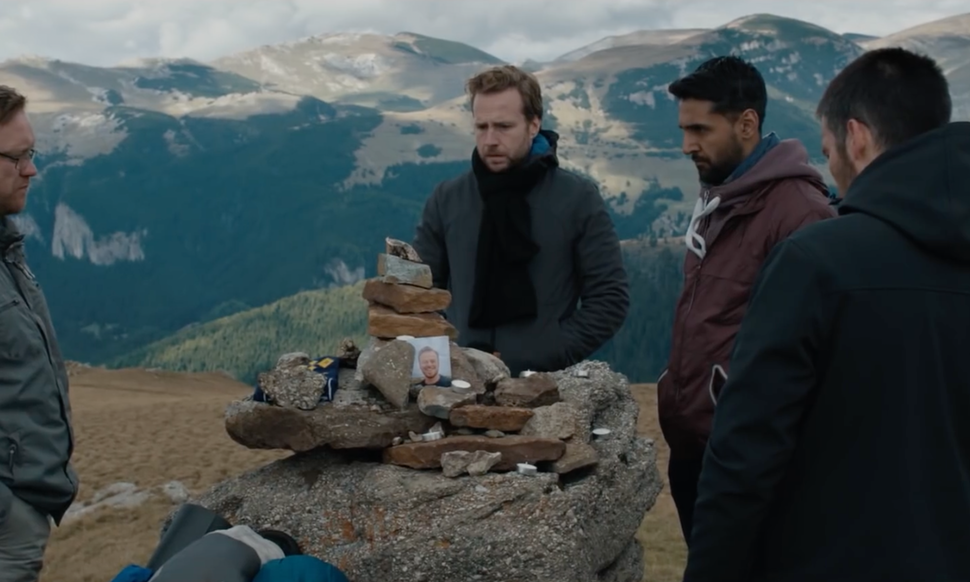
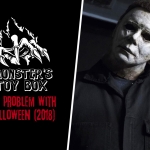
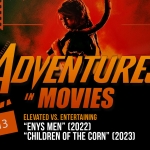
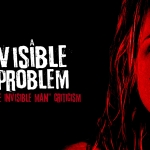




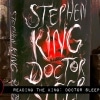
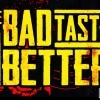



Follow Us!